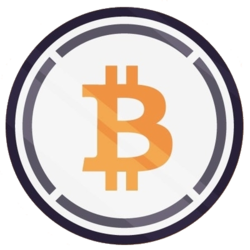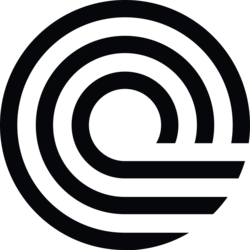Recently, a Wall Street Journal columnist decided to delve into the world of glucose monitoring devices, not as a diabetic patient, but as someone looking to optimize health and wellness. The Dexcom’s Stelo wearable, typically used by those with diabetes to track their blood sugar levels, piqued the interest of our columnist. This innovative approach to health and self-awareness raised questions about whether such advanced monitoring tools are beneficial for the general population or simply overkill.
Initial Impressions and Expectations
Upon receiving the Dexcom’s Stelo wearable, our columnist was struck by its sleek design and user-friendly interface. The idea of having real-time access to physiological data typically reserved for healthcare professionals was both intriguing and slightly intimidating. Expectations were set high for how this device could potentially revolutionize personal health management.
Ease of Use and Comfort
One of the first things our columnist noticed was how easy it was to set up and start using the Stelo wearable. The instructions were clear, and the device synced seamlessly with the accompanying app. Comfort was a key factor, as wearing the device consistently was crucial for accurate data collection. Thankfully, the Stelo proved to be lightweight and unobtrusive, making it easy to incorporate into daily life.
Data and Insights Provided
As our columnist delved into the data provided by the Stelo wearable, a wealth of insights emerged. Being able to track fluctuations in blood sugar levels throughout the day shed light on how different foods and activities impacted physiological responses. This newfound awareness prompted a reevaluation of dietary choices and lifestyle habits.
Health Benefits and Adjustments
Using the data gathered by the Stelo wearable, our columnist was able to make targeted adjustments to improve overall health and wellness. By identifying patterns in blood sugar levels and correlating them with specific behaviors, personalized strategies for optimizing diet and exercise were established. The tangible health benefits derived from this data-driven approach were undeniable.
Challenges and Limitations
Despite the numerous advantages of using a glucose monitoring device like the Stelo wearable, our columnist also encountered some challenges. One such challenge was the need for consistent wearing of the device to ensure accurate and continuous data collection. Additionally, interpreting and acting on the data required a certain level of understanding, which could be overwhelming for some users.
Integration with Daily Routine
Integrating the use of the Stelo wearable into daily routines was a process that required intentionality and commitment. Our columnist found that establishing a routine for wearing, syncing, and reviewing the data was essential for deriving meaningful insights. Over time, the device seamlessly became a part of everyday life, enhancing health awareness and decision-making.
Long-Term Impact on Health Choices
After using the Dexcom’s Stelo wearable for an extended period, our columnist reflected on the long-term impact it had on health choices. The continuous monitoring of blood sugar levels served as a constant reminder of the importance of mindful eating and active living. This heightened awareness led to sustained improvements in overall health behaviors.
Future of Personal Health Technology
The experience of using a glucose monitoring device like the Stelo wearable raised intriguing questions about the future of personal health technology. As individuals increasingly seek ways to take control of their health, advanced monitoring tools are likely to become more prevalent. The intersection of technology and wellness holds great promise for empowering individuals to make informed decisions about their health.
Conclusion
In conclusion, the journey of exploring the Dexcom’s Stelo wearable as a non-diabetic individual offered valuable insights into the potential benefits of advanced health monitoring. While the device may initially seem more suited for those managing specific health conditions, its application for optimizing overall wellness is significant. By harnessing the power of data and insights, individuals can make proactive choices to enhance their health and quality of life.
If you have any questions, please don't hesitate to Contact Us
Back to Technology News
















































